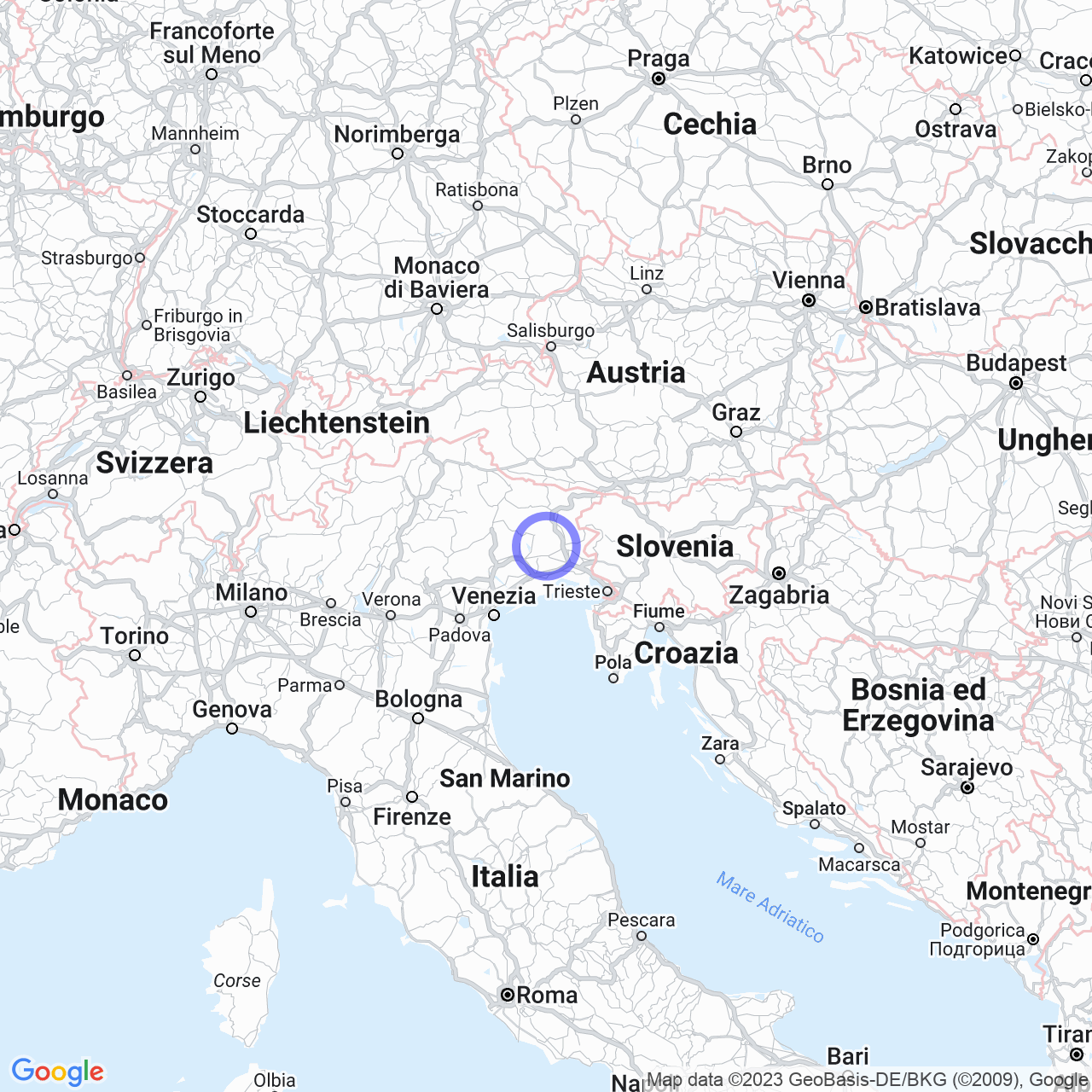Flaibano
Welcome to Flaibano!
Hello everyone! Today we're going to talk about Flaibano, a municipality of 1090 inhabitants located in the Friuli-Venezia Giulia region, specifically in the area of the high Friulian plateau.
Physical geography
The municipal territory of Flaibano is characterized by two areas: a flat and cultivated one around the town center, while the second is located near the natural slope of the Tagliamento river, with a rich wooded vegetation in the hamlet of San Odorico al Tagliamento. The Tagliamento river runs along the western border of the municipality and the Tagliamento Park is located there. There are also the San Odorico Canal and the Giavons Canal near the capital. The average altitude is about 100 meters above sea level, and the Coz Meadows SIC, a protected natural area, is present.

Origins of the name
The name Flaibano derives from the predial in -anu of Flavius, that is from the name Flavio, owner of a land in the area.
History
Human presence in the area dates back to the Bronze Age, as evidenced by the tumulus burials found in the hamlet of San Odorico. In this place there was probably a temple of Roman origin, later replaced by the church of San Odorico. In 1154, the church became a monastery or regular canon, and in 1245 it was merged with the parish of Santa Maria in Udine. With the fall of the Republic of Venice, Flaibano became part of the Kingdom of Italy, and in 1876 the municipal seat was transferred from the town center of San Odorico to Flaibano.
Symbols
The flag of the municipality of Flaibano is a blue banner.
Monuments and places of interest
In Flaibano, various remains of the Roman presence in the area can be found, such as villas and deposits. The town takes its name from Flavianus, a Roman who founded it shortly after the foundation of Aquileia. In the hamlet of San Odorico, a prehistoric tomb can be admired. The territory of Flaibano is part of the tourist itineraries of the "territories of the civilization of stones". Unmissable is the Church of the Blessed Virgin Annunziata, a single-nave building with side chapels, which has undergone continuous modifications over the centuries until the renovation that took place between 1922 and 1933.
Conclusions
Flaibano is a municipality with a unique character, with a multiform history that can be read in its current morphology and its monuments. The beauty of nature is combined with the richness of historical evidence, making this municipality a place full of charm, to be absolutely visited.
